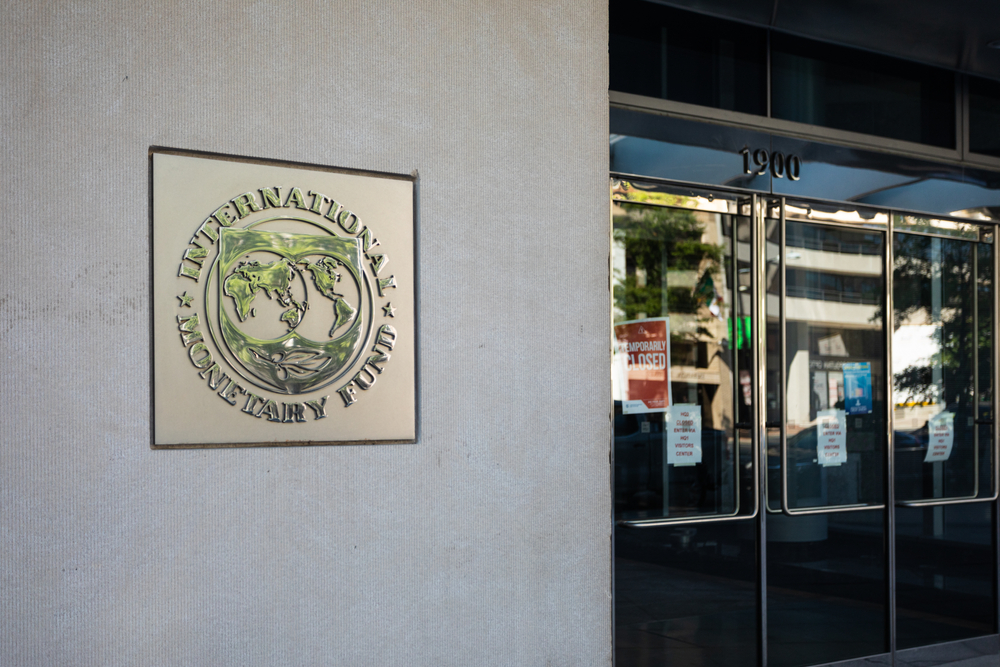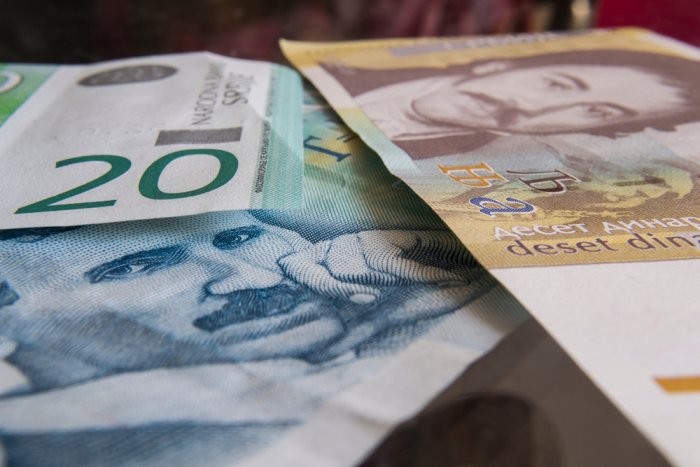Is Monetary Tightening the Cure for Inflation?

Photo by Chingfoto / Shutterstock.com
The U.S. Fed did not increase interest rates, just talked about doing so, and even then not by much, and global stock exchanges lost USD 4.2 trillion in a week, as Les Nemethy notes in this issue’s corporate finance column. And all this because the market seems to be anticipating that the Fed will start selling down its bond portfolio and raise interest rates four or five times this year, a quarter percent each time.
The reason the Fed has abruptly shifted from QE (quantitative easing) to QT (quantitative tightening) is that it has suddenly woken up to the fact that inflation is not just transitory. And it is nearly impossible for a government to be re-elected in times of high inflation.
Why is QT bound to fail as a tool to tame inflation? Well, for one thing, raising interest rates does not address inflationary supply-side constraints.
There are at least five significant inflationary supply-side constraints where no amount of QT will remove the inflationary bottlenecks:
• Energy Prices. Oil and gas have experienced incredible momentum over the past months, with considerable room to run in the coming period. There have been years of underinvestment in drilling for oil and gas; investors are afraid of legislation that may penalize carbon fuels. Remember the 1970s energy crisis and its effect on inflation? Only this one is self-induced: in the Western world, we have not planned adequately for the shift from fossil to alternative fuels. Meanwhile, the surge in electrification puts price pressures on copper, nickel, lithium, and other materials required for electrification, further fueling inflation.
• Microchips. The number of microchips required in many industries (autos, intelligent homes, robotics, appliances, Internet of Things, and so on) is growing exponentially. Do not count on microchip shortages being resolved soon.
• Labor. The participation rate in the U.S. labor force is at an all-time low, giving labor negotiating power for the first time in decades. COVID causes absence from the workforce in both the short-run (illness) and long-run (people take early retirement or shun certain industries).
• Logistics. The price of container shipping today is multiples of what it was a couple of years ago. It is highly uncertain when this supply bottleneck will be resolved, but probably not for a year or two.
• Agriculture. The sudden surge in fertilizer prices will, over the coming year or two, likely work its way through the value chain of most agricultural commodities, right down to the cost of vegetables and meat at your local grocery store.
Will raising interest rates solve any of the above supply-side bottlenecks? While higher interest rates can diminish asset bubbles, I do not see them significantly slowing consumer price inflation. (Not unless they trigger a recession or depression that affects overall demand.)
Negative Rates
Another factor is that real interest rates will likely remain negative despite nominal interest rates rising.
Nominal inflation is currently clocking over 7% per annum in the United States (many measures put inflation even higher), with 10-year treasury yields below 2%, meaning that the real interest rates are in the range of negative five percent. Even the current talk of four or five quarter-percent rate hikes (e.g., a total of 1.25%) this year was already enough to send markets into a tailspin, and that is only a tiny portion of the gap.
If inflation remains constant or increases, there is no way the Fed can move the economy into positive real interest rate territory, a prerequisite for quelling inflation, without triggering a significant recession.
Remember Paul Volcker? He had to raise interest rates to 16% in 1980 to quash inflation. I remember the massive pain at the time in the business world. But the world is so much more indebted today than in 1980. In my opinion, it is unable to tolerate the pain associated with the high-interest rates that would be needed to quash inflation.
The U.S. national debt at USD 30 tln (that’s USD 238,000 per taxpayer!) means a 1% rise in interest rates costs the government another USD 300 billion per annum, at a time when total tax revenues are in the range of USD 4 tln, the deficit is near USD 3 tln, and social security payments are spiraling out of control.
So what is the answer? Sad to say, there is no ideal solution. But there is a greater evil and a lesser evil. If the Fed first raises interest rates sufficiently to stifle inflation, it will crash the economy, after which further stimulus would be required.
Alternatively, the government could adopt more prudent fiscal and monetary policies while harnessing the existing negative interest rate environment to help the States (and the world) inflate out of national debt.
The latter strikes me as the lesser evil, although the costs would be huge: savers and pensioners always foot the bill for this type of financial repression. There is precedent: this strategy quite successfully inflated away the post World War II debt of the United States. I see no better way out of the current debt bubble and inflationary cycle.
Les Nemethy is CEO of Euro-Phoenix Financial Advisers Ltd. (www.europhoenix.com), a Central European corporate finance firm. He is a former World Banker, author of Business Exit Planning (www.businessexitplanningbook.com), and a previous president of the American Chamber of Commerce in Hungary.
This article was first published in the Budapest Business Journal print issue of January 28, 2022.
SUPPORT THE BUDAPEST BUSINESS JOURNAL
Producing journalism that is worthy of the name is a costly business. For 27 years, the publishers, editors and reporters of the Budapest Business Journal have striven to bring you business news that works, information that you can trust, that is factual, accurate and presented without fear or favor.
Newspaper organizations across the globe have struggled to find a business model that allows them to continue to excel, without compromising their ability to perform. Most recently, some have experimented with the idea of involving their most important stakeholders, their readers.
We would like to offer that same opportunity to our readers. We would like to invite you to help us deliver the quality business journalism you require. Hit our Support the BBJ button and you can choose the how much and how often you send us your contributions.









